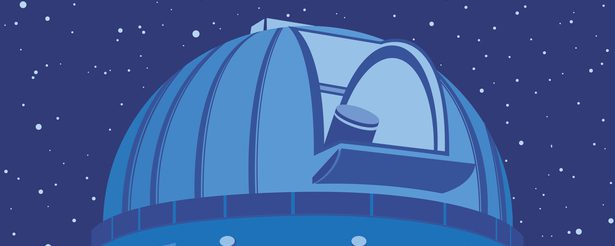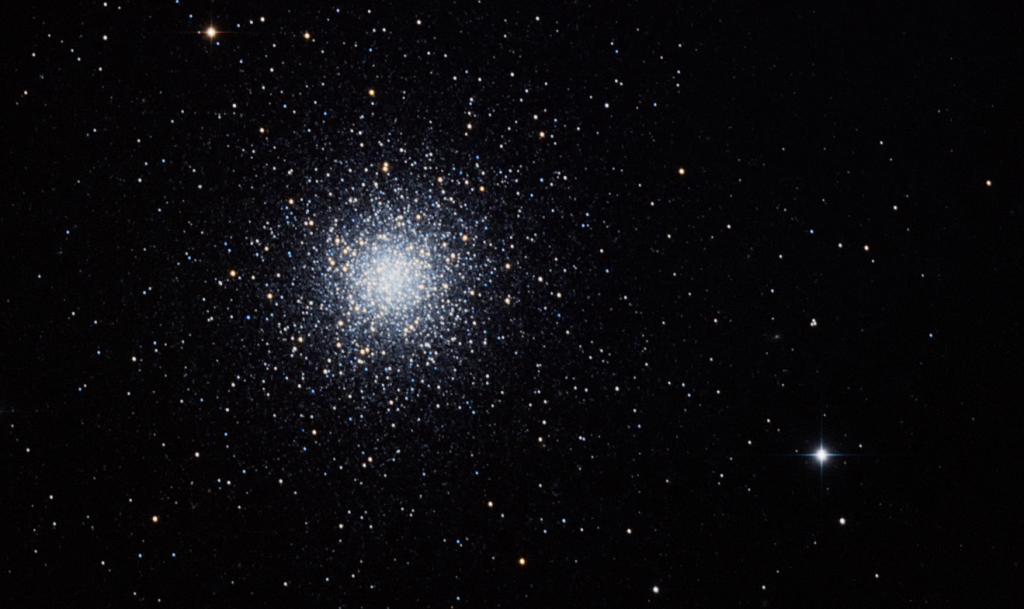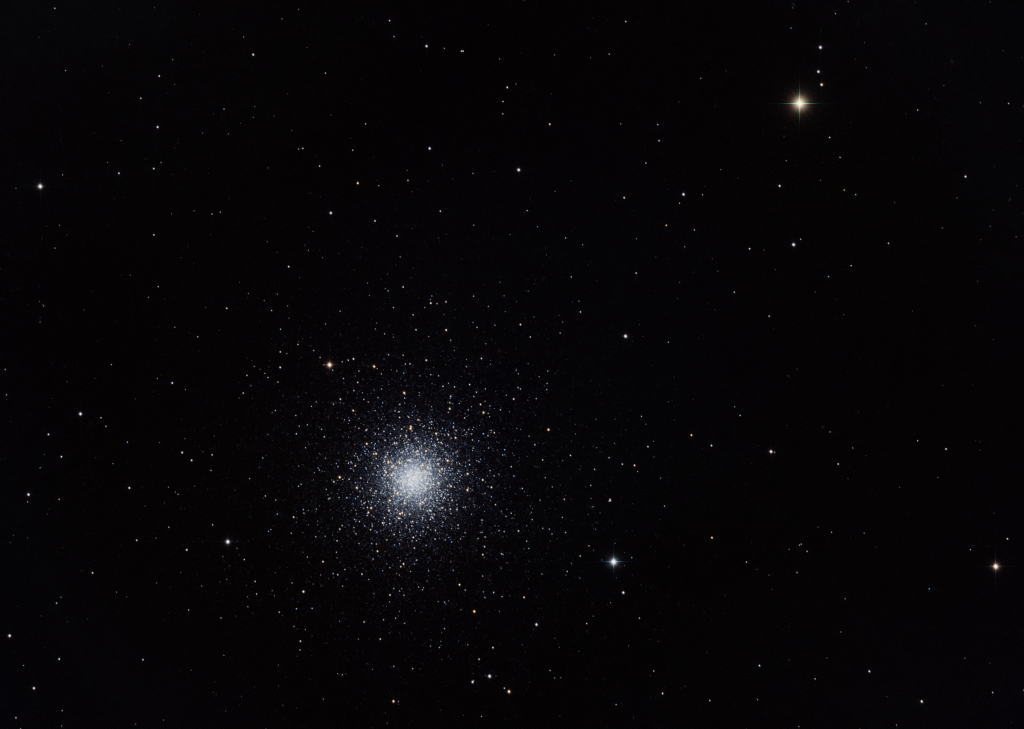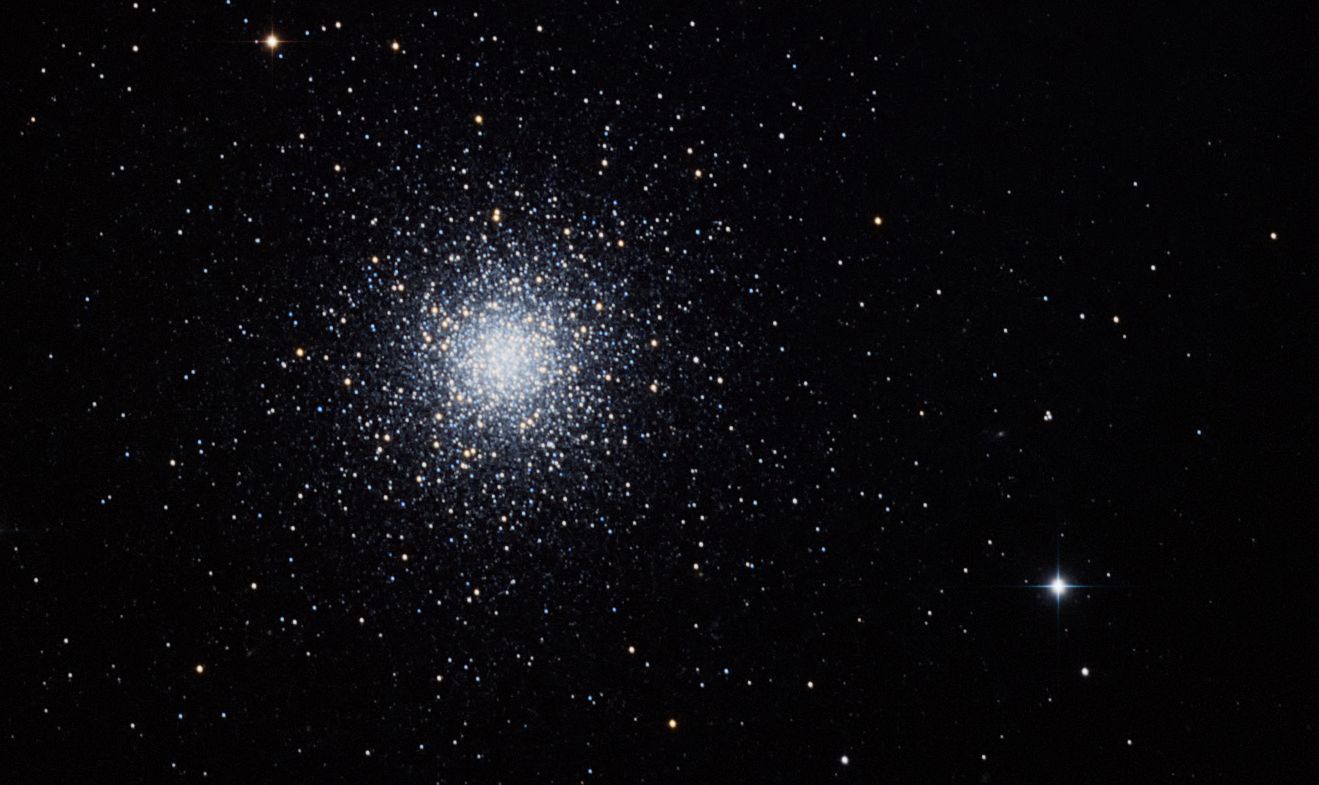
Similar Posts
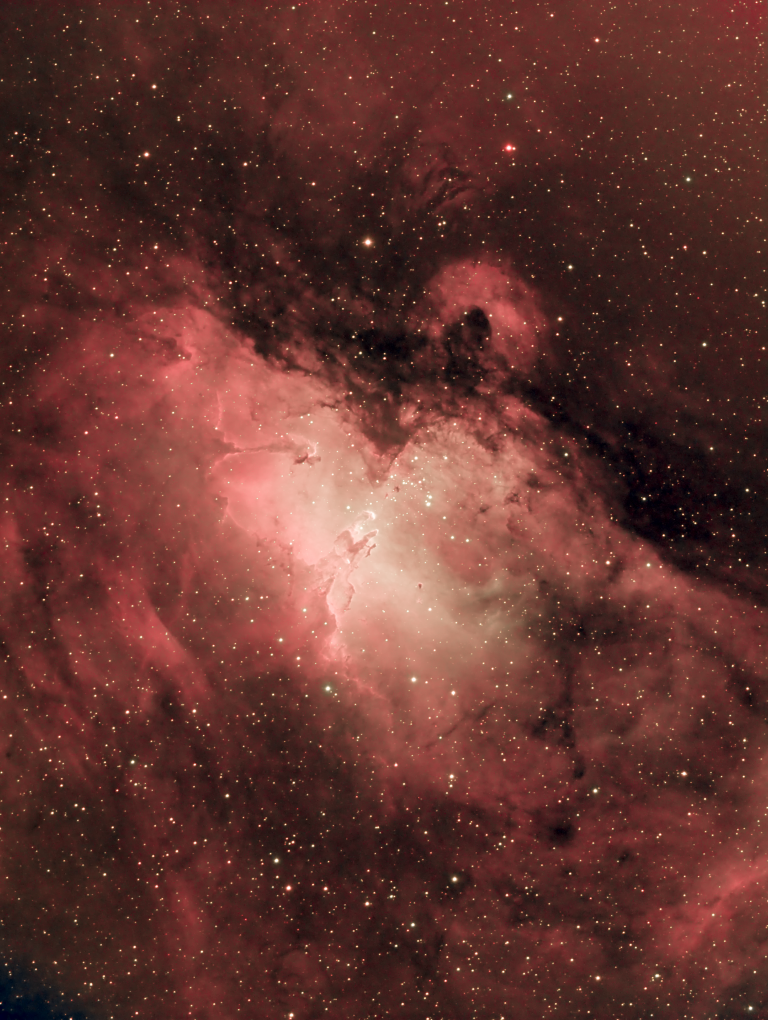
Beating light pollution with a new synthetic RGB algorithm
Imaging deep sky objects from a suburban driveway forces one to find ways to deal with light pollution. Light pollution is the enemy of astronomers – but in reality, there are ways around it. Some of the most beautiful objects in the cosmos are called emission nebula. They are clouds of gas, often where new…
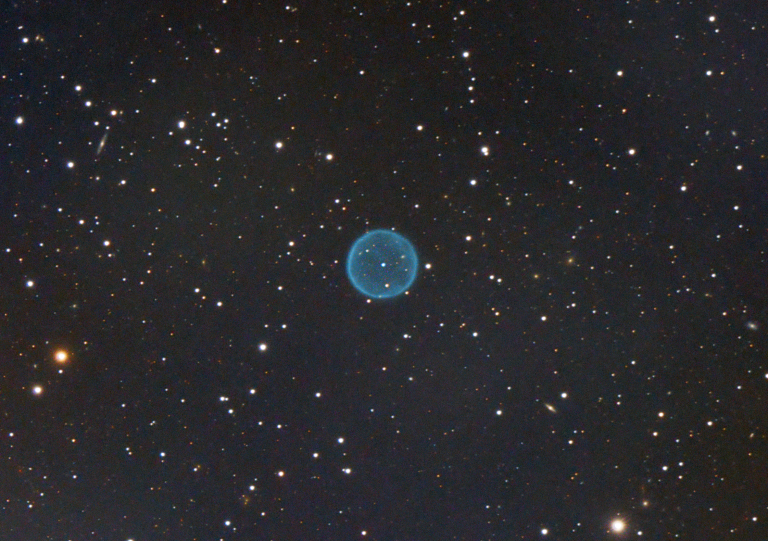
Goodness gracious, great balls of… oxygen?
Well, it was certainly born of fire. This is planetary nebula Abell 39, one of the largest spheres in the galaxy… it’s 2.6 light-years across! It really is that color blue. You’re seeing ionized Oxygen gas blown off by the dying star in its center. Look closely for the distant galaxies in the background, including…
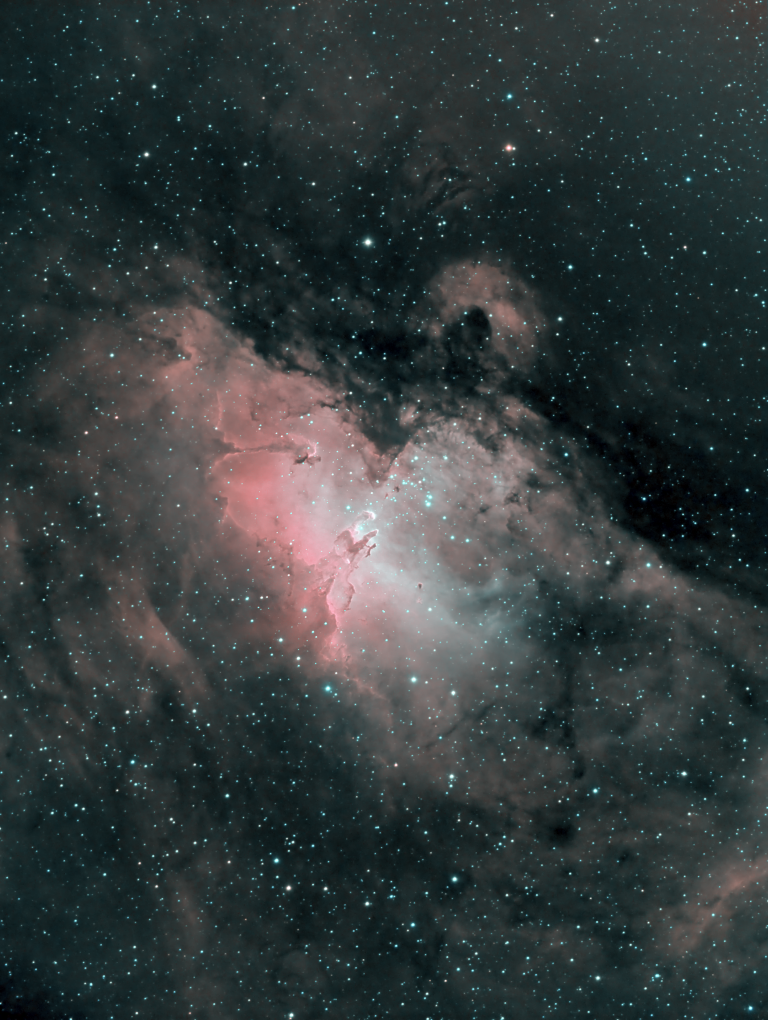
The Eagle Nebula
A wider shot of the Eagle Nebula, with the famous “pillars of creation” in its center.
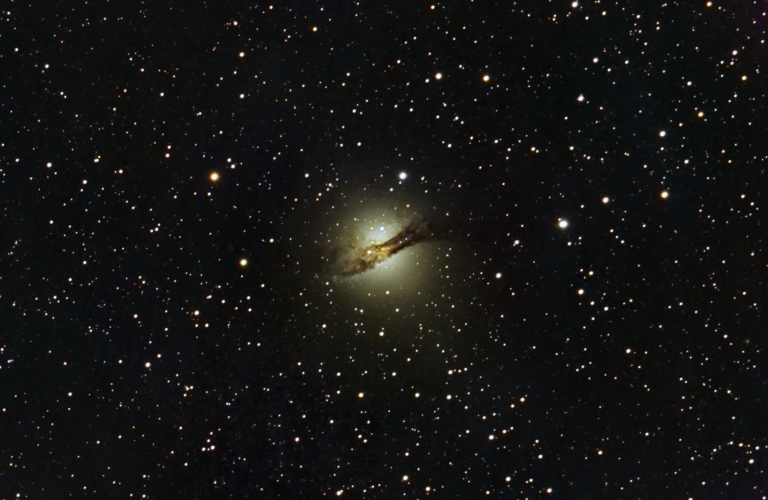
Centaurus A! A weird and challenging galaxy…
Our new home has clear views of the sky down to about 15 degrees from the horizon; which means some objects that are normally considered only visible from the Southern hemisphere just peek above our trees for a few hours. One such object is the galaxy Centaurus A; it’s an odd galaxy that looks like…
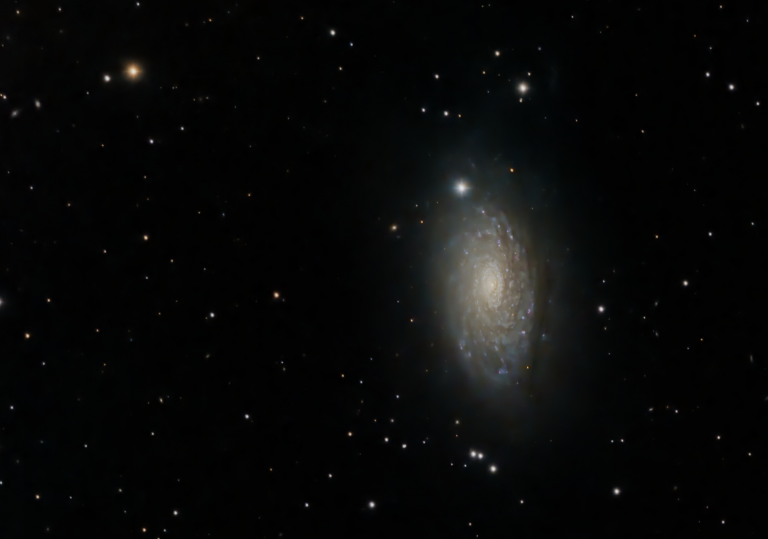
The Sunflower Galaxy
Officially called M63, this spiral galaxy about 30 million light-years away is part of the same group as the Whirlpool Galaxy.
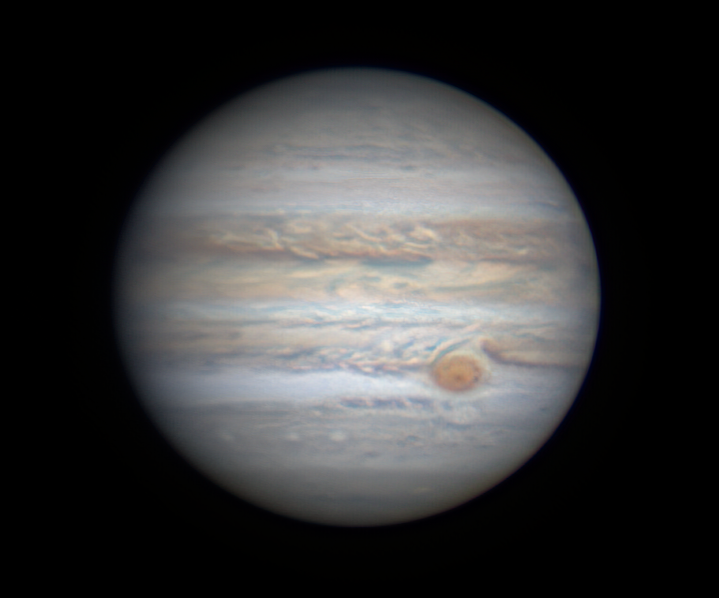
Another Look at Jupiter and Saturn.
Jupiter and Saturn both reached “opposition” over the summer, meaning they had their closest approach to Earth for the year. Florida’s summer weather conspired against photographing the planets at that time, but the skies finally cleared last night. They’re not at their closest, but… they’re close enough. I think this is my best Jupiter image…
